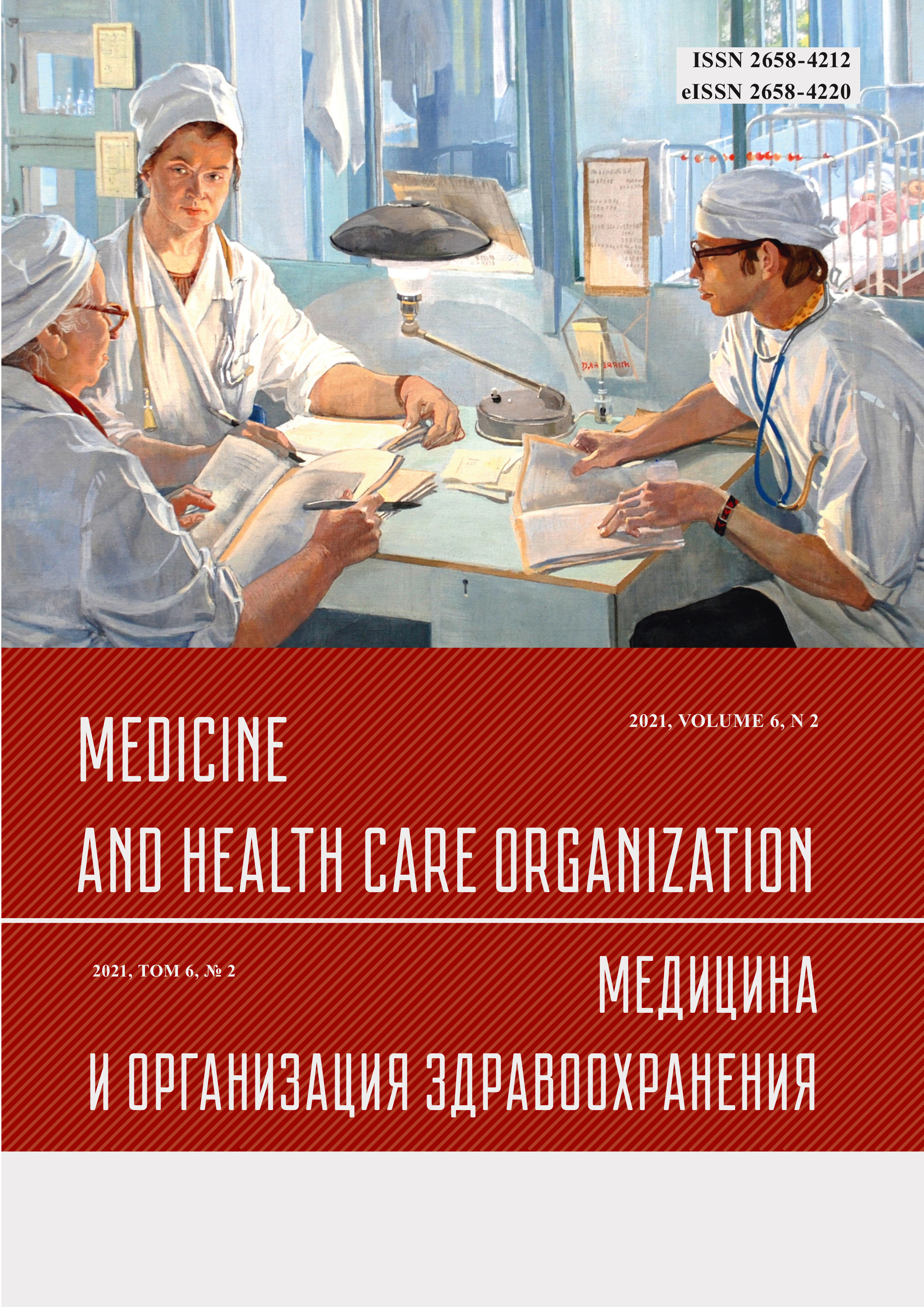Анализ структуры и аппаратного парка лучевой диагностики в Ленинградской области за период 2010-2019 гг
Аннотация
Значимое снижение доз облучения пациентов при использовании источников ионизирующего излучения в медицине без потери диагностического качества изображений обеспечивается путем обоснования и оптимизации проведения рентгенорадиологических исследований (РРИ) посредством установления и применения референтных диагностических уровней (РДУ). Научно практические основы для установления РДУ введены и детализированы во всех основополагающих отечественных нормативно методических документах, регламентирующих обеспечение радиационной безопасности в медицине, однако на практике РДУ разрабатывались только в рамках отдельных региональных проектов. С 2018 г. пилотный проект по установлению РДУ реализуется в Ленинградской области, которая была выбрана в качестве субъекта Российской Федерации с аномально низкими уровнями облучения населения при медицинском облучении. В рамках первого этапа проекта был выполнен анализ структуры и аппаратного парка лучевой диагностики за период 2010-2019 гг. для идентификации региональных особенностей и выбора наиболее перспективных для сбора данных медицинских организаций. Исследование было выполнено посредством анализа радиационно гигиенических паспортов Ленинградской области, региональных форм формы федерального государственного статистического наблюдения № 3-ДОЗ системы ЕСКИД и форм № 30 Министерства здравоохранения РФ. Результаты исследования показали, что в структуре лучевой диагностики Ленинградской области преобладают традиционные флюорографические и рентгенографические исследования. Вклад в структуру лучевой диагностики высокоинформативных высокодозовых видов исследований (рентгеноскопии, компьютерной томографии, интервенционных исследований) крайне низок; радионуклидная диагностика в медицинских организациях Ленинградской области не проводится. За последние 10 лет значимые изменения в структуре аппаратного парка отсутствуют, большая часть оборудования имеет срок эксплуатации менее 10 лет. Наблюдающийся рост числа РРИ в Ленинградской области ассоциирован в первую очередь с более интенсивным использованием аппаратного парка (с ростом числа исследований на один рентгеновский аппарат или компьютерный томограф). Наиболее перспективными для проведения исследований по уровням облучения пациентов в лучевой диагностике и внедрения комплекса мероприятий по снижению доз облучения пациентов являются те районы, в которых зафиксирован значительный рост числа наиболее распространенных РРИ на душу населения за последние 3-5 лет: Всеволожский, Гатчинский, Выборгский, Тихвинский и Киришский районы. Результаты исследования послужили основой для разработки дизайна сбора данных для оценки уровней облучения пациентов в Ленинградской области.



